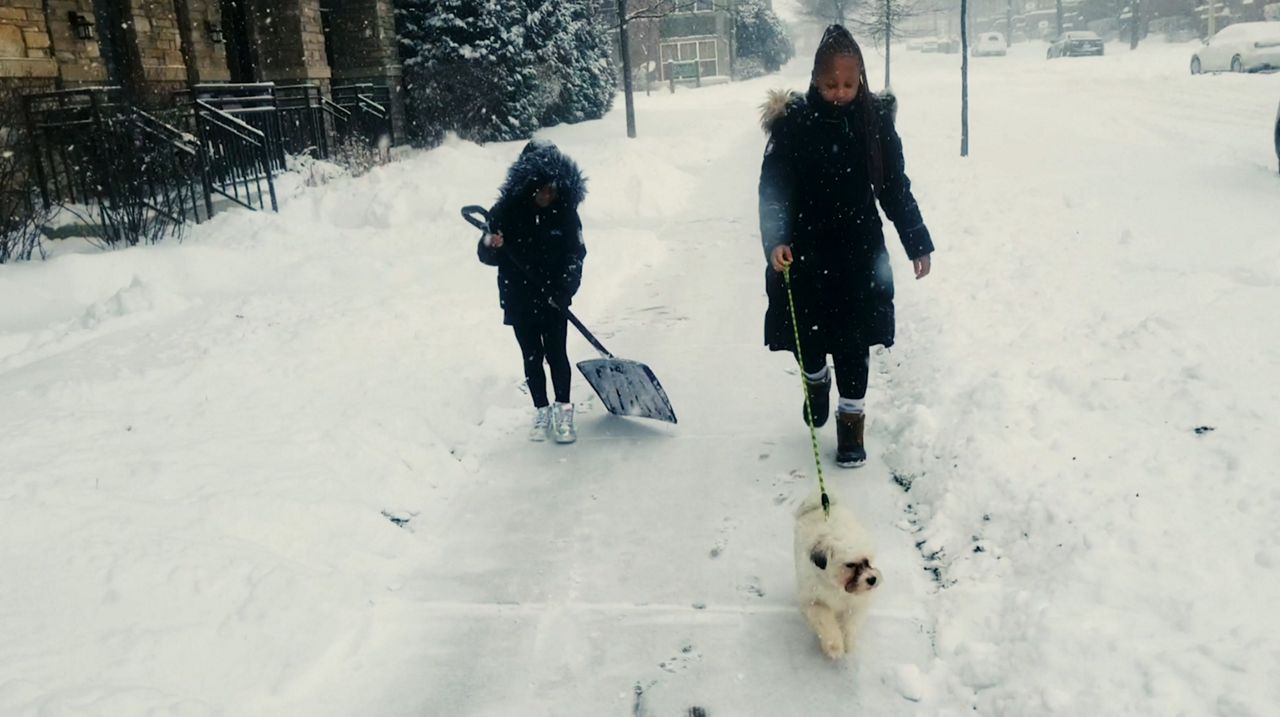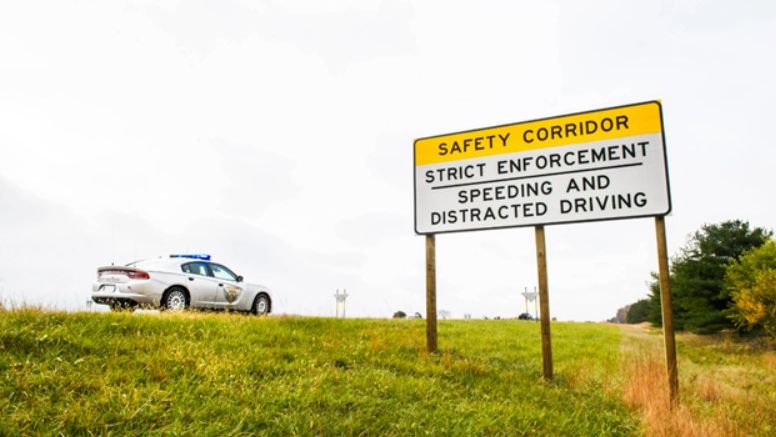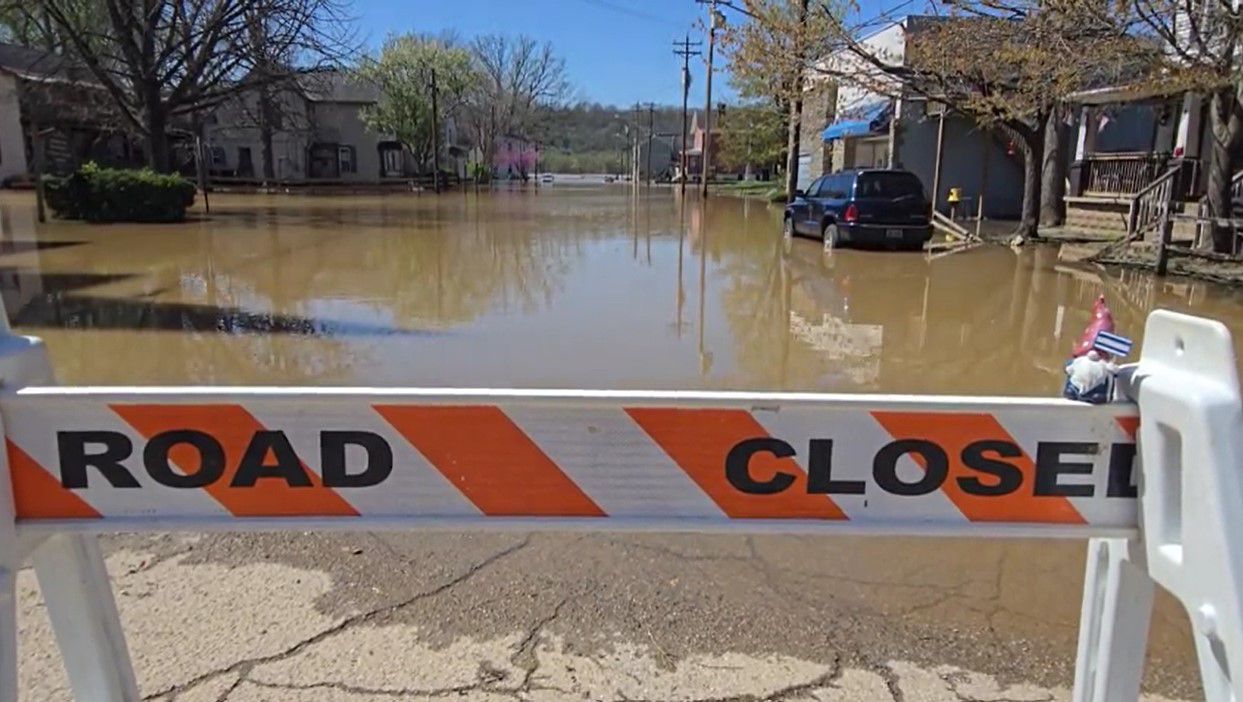OHIO — Ohio has seen its first snowfall and is now preparing itself for the bitter cold of winter and its temperatures.
The Ohio Department of Health said while you don't need to lock yourself away for the next few months, there are important things to remember when venturing out into the cold.
ODH said two things to keep in mind before venturing outside: the temperature and the windchill. The department says bundling up with a thick coat, a hat, gloves and warm layers is important. For those heading out for heavy chores its important to avoid frostbite by dressing appropriately.
If forecast temperatures fall below zero, frostbite can set in within minutes. The Centers for Disease Control and Prevention said those not properly dressed for the temperatures or those who have poor blood circulation are at risk for developing frostbite.
The CDC said if you are outside and see redness or feel pain in any skin area to get out of the cold or protect any exposed skin areas. The areas most often affected by frostbite are nose, ears, toes, cheeks, chin and fingers.
Signs of frostbite include:
- A white or gray-yellow toned skin area
- Skin that feels unusually firm or waxy
- Numbness
When exposed to the cold, people lose heat faster than it can be produced and prolonged exposure can use up the body's stored energy.
"The result is hypothermia, or abnormally low body temperature," ODH said in a release. "Body temperature that is too low affects the brain, making the person unable to think clearly or move well. This makes hypothermia particularly dangerous because a person may not know it is happening and may not do anything about it."
The CDC said those most at risk for hypothermia are older adults without adequate food, clothing or heating; babies sleeping in cold bedrooms; those who are outdoors for long and those who use drugs or drink alcohol.
Signs of hypothermia:
- Shivering
- Exhaustion or feeling tired
- Confusion
- Fumbling hands
- Memory loss
- Slurred speech
- Drowsiness
- For babies, bright red or cold skin and low energy
If you or someone with you shows signs of hypothermia or frostbite, ODH says to seek medical help immediately. If a person's temperature is below 95 degrees, immediately seek medical attention.
However, if help cannot be reached right away, the department says the first step to treating both is to get the individual into a warm room as soon as possible.
For hypothermia, the next step is to remove any wet clothing and focus on warming the center of the person's body, their chest, neck, head and groin. ODH said to use warm drinks to assist in raising the person's body temperature as well. The CDC said hypothermia is a more serious condition and requires emergency medical care.
Once their temperature has risen, keep the person dry and keep them warm. Then take them to get medical assistance as soon as possible.
For frostbite, it is important to not rub or massage the frostbitten area, including walking on feet or toes that show signs of damage. The affected areas should be placed in warm water, not hot, or warm the areas using body heat.
ODH said treatment by a health care provider is also necessary for frostbite.











